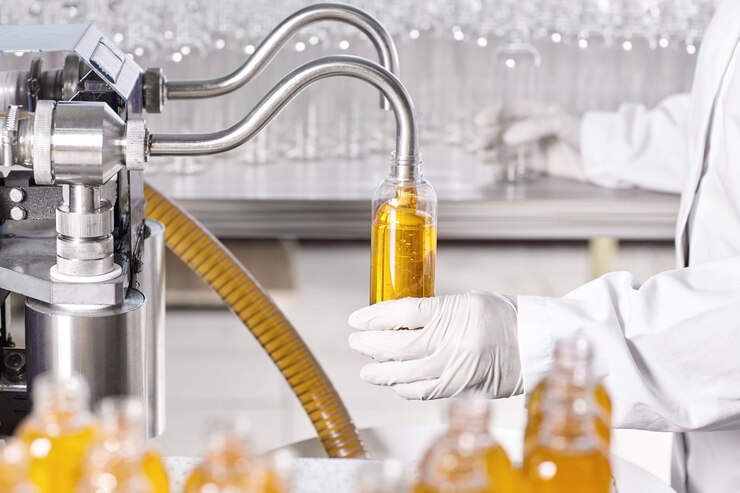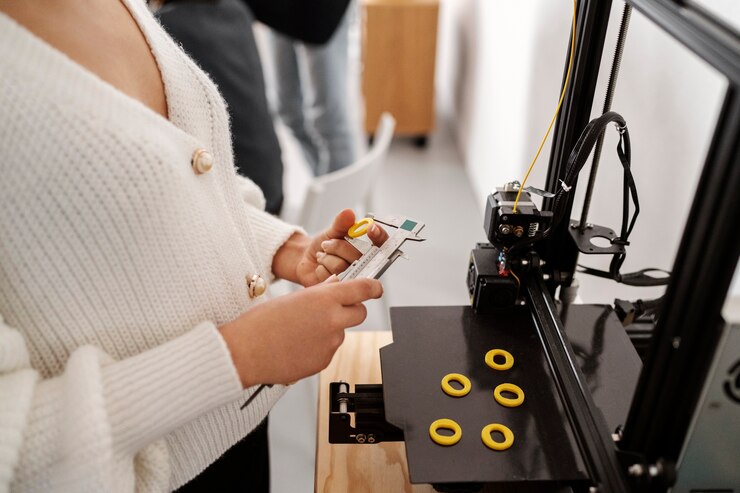Choosing the Best Jar Filling Machine requires considering various factors to meet specific production needs. Start by evaluating the machine’s capacity and speed, ensuring it aligns with your production requirements. Consider the types of products it can handle, whether liquids, pastes, or solids, and ensure compatibility with your jar sizes and materials. Look for features like automated filling, accuracy in measurements, and ease of cleaning and maintenance. Additionally, prioritize machines with a reliable track record and good customer support. Ultimately, a thorough assessment of these factors ensures selecting a jar filling machine that enhances efficiency and product quality.
Understanding Your Production Needs The Best Jar Filling Machine
Understanding your production needs is crucial when choosing a jar filling machine. Factors to consider include your production volume, the type of products you’re filling (liquids, solids, viscous substances), and the speed at which you need to fill jars. Analyzing these needs helps in selecting a machine that meets your operational requirements efficiently.

Types Of The Best Jar Filling Machines
1. Piston Fillers:
Piston fillers are versatile and commonly used for filling viscous liquids such as sauces, pastes, and creams. They operate by drawing product into a cylinder using a piston and then dispensing it into jars. Piston fillers are known for their accuracy in filling volume and can handle a wide range of viscosity levels. They are ideal for products that require precise portion control.
2. Overflow Fillers:
Overflow fillers are primarily used for filling liquids into containers where a consistent fill level is required, such as with beverages and oils. These machines work by filling the container to a predetermined level, allowing excess product to overflow back into the reservoir. This method ensures uniform fill levels even with varying container sizes and shapes.
3. Gravity Fillers:
Gravity fillers rely on the natural flow of liquid into containers using gravity. They are suitable for thin liquids such as water, juices, and oils. Gravity fillers are cost-effective and easy to operate, making them ideal for applications where precise measurement and speed are not critical factors. They are often used in industries where budget-friendly solutions are preferred.
Key Features And Capabilities
Key features to consider include filling accuracy, speed, versatility in handling different jar sizes, ease of cleaning and maintenance, and integration with other production line equipment. Look for machines that offer adjustable fill volumes, automated controls, and compatibility with your packaging materials. These features ensure efficient operation and consistent product quality.
Considerations For Different Jar Types
Different jar types (glass, plastic, metal) require specific handling to prevent breakage or damage during filling. Factors such as neck size, material thickness, and lid type influence the choice of filling equipment. Ensure the machine can accommodate various jar shapes and sizes without compromising fill accuracy or product integrity.
Automation Levels: Manual Vs. Semi-Automatic Vs. Fully Automatic
Automation levels range from manual machines requiring operator intervention at every stage to fully automatic systems that operate independently once set up. Semi-automatic machines offer a balance, requiring some manual input but automating the filling process. Consider your production volume, labor costs, and the desired level of efficiency when selecting the automation level.
Quality And Reliability Of Manufacturers
When assessing the quality and reliability of manufacturers, it’s crucial to delve into several key aspects. Start by examining their reputation in the industry through reviews, testimonials, and case studies. Look for certifications such as ISO standards that reflect adherence to quality management practices. Evaluate their track record in delivering consistent product performance and meeting deadlines. Assess their commitment to innovation and adaptation to industry trends, which can indicate future-proofing capabilities. Furthermore, consider their customer service and support infrastructure, as prompt and effective communication is vital in resolving issues. Ultimately, a manufacturer’s proven quality, reliability, and responsiveness are pivotal in establishing a trusted partnership that supports your business goals and ensures product excellence.
Maintenance And Support Services
Regular maintenance is essential to keep jar filling machines operating at peak efficiency. Consider manufacturers that offer comprehensive maintenance schedules, spare parts availability, and technical support. Training programs for operators ensure proper machine operation and troubleshooting skills, minimizing downtime and maximizing productivity.
Conclusion
Choosing the best jar filling machine involves careful consideration of production needs, types of machines available, key features and capabilities, jar types, automation levels, manufacturer reliability, and maintenance support. By understanding these factors and their interplay, businesses can make informed decisions that enhance efficiency, product quality, and overall operational success.
